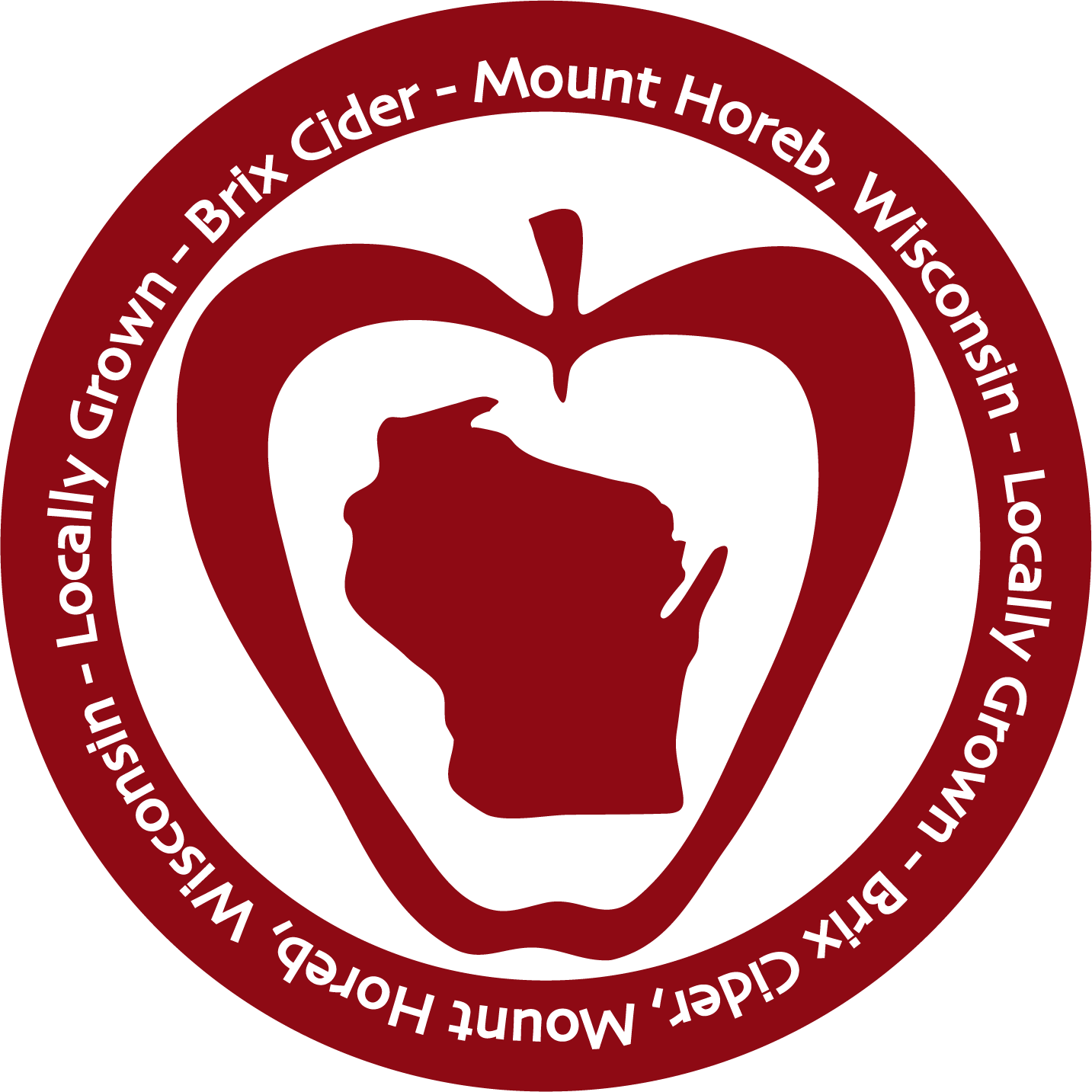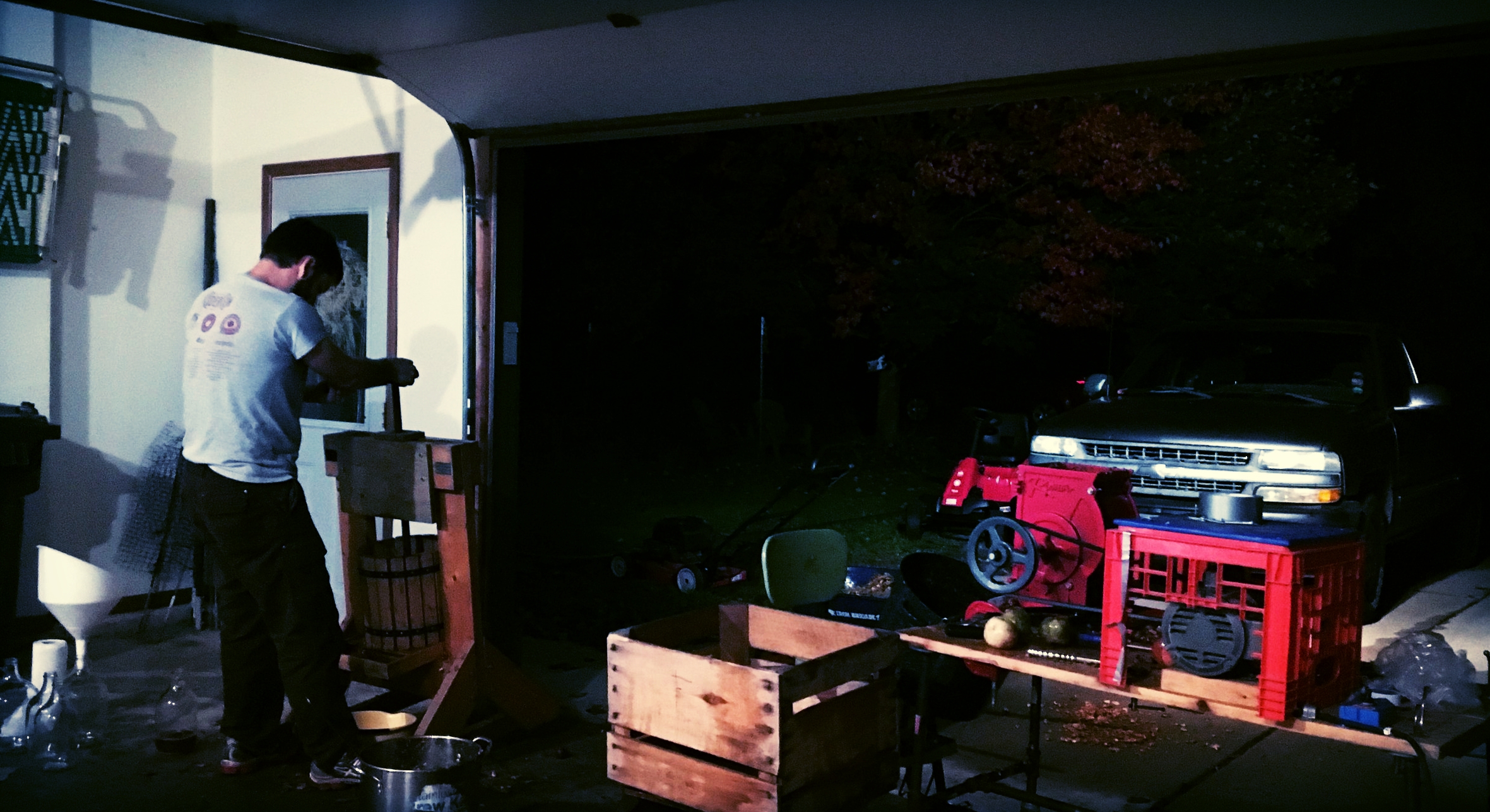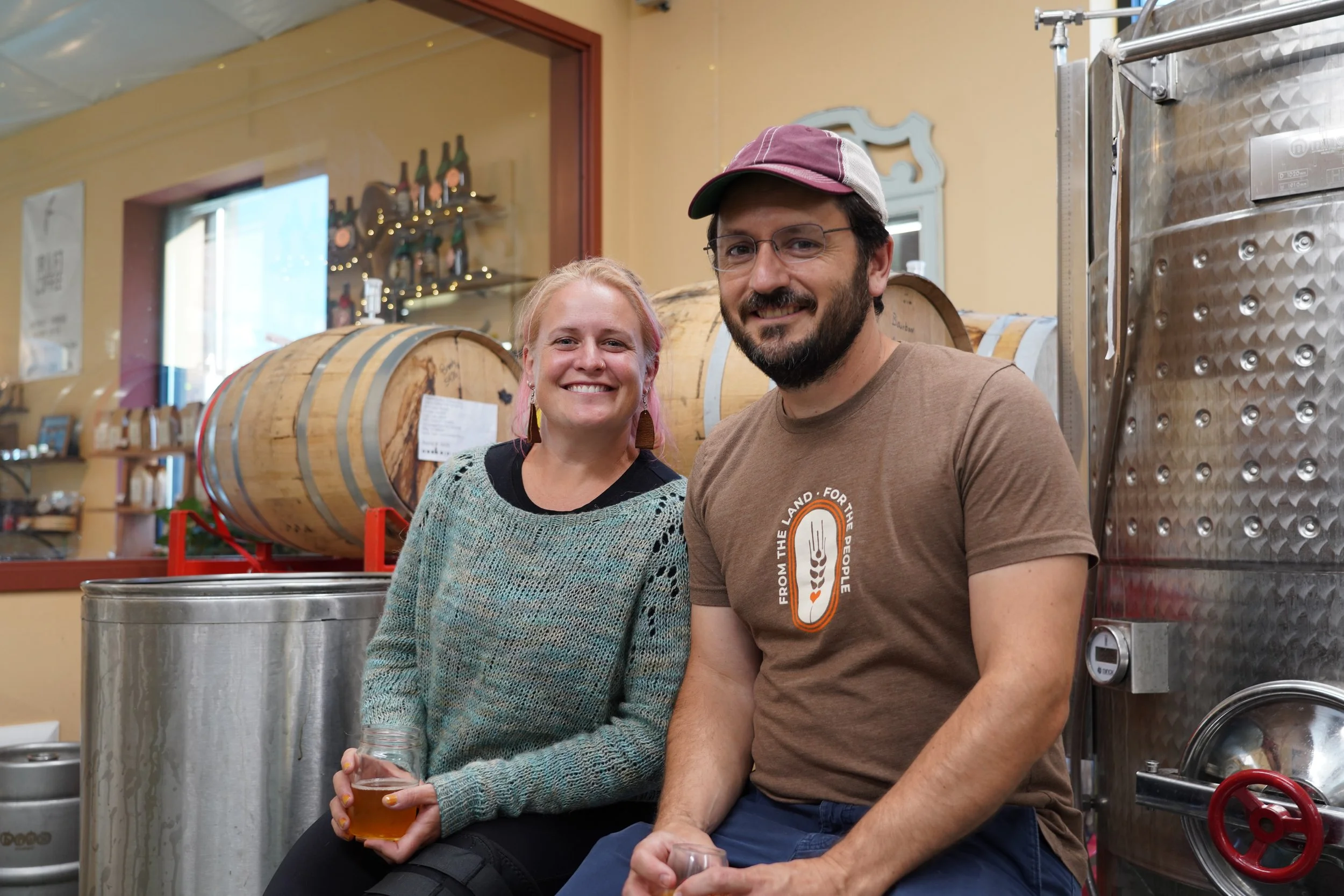2016 Single Varietal Cider Evaluations
Experienced cider makers often say that the art of making cider comes in the blending of different apple varieties. We agree. And we believe that the first step to creating a good cider blend is understanding the raw ingredients, or put simply, the apple varieties themselves.
We have done some informal experimenting over the years with different apple varieties, and this year we were fortunate to receive a SARE Farmer Rancher Grant to do some more formal experimentation.
The original plan was to collect 40 different apple varieties from Seed Savers Exchange orchard, but unfortunately, they had a late frost that mostly wiped out their crop this year. Fortunately we came up with a Plan B and collected most of the apples we needed from Albion Prairie Farm and the rest from Appleberry Farm, which are both conveniently close to us (we should note that our own trees were too young to produce a sufficient crop this year).
Above: Apples from Albion Prairie farm.
We collected about 1/2 bushel of each apple variety, which was, in most cases, enough for at least 1 gallon of cider. We ground and pressed all the apples on the same day, with a small, motorized grinder and a hand cranked press. It was a long day that made for sore arms!
Above: Pressing apples into the night
We took pictures of each apple variety, and we measured the brix, pH, total acidity, and total tannins of each juice (you can see those results here). We then followed the same procedures to create each single varietal batch of cider. First we added 1 campden tablet per gallon, and we waited 2 days before pitching yeast. We used Cote de Blanc yeast because we were looking for a straight forward cider profile that would accentuate each apple variety. We oxygenated the must before pitching the yeast and added Wyeast Wine Nutrient Blend to help ensure a clean fermentation.
Above: Single gallon ciders, just after pitching the yeast.
The ciders underwent a three week primary fermentation and were then racked for a six week secondary fermentation. The Cote de Blanc yeast leaves a small amount of residual sugar, so they are all off-dry ciders. We bottled them all as still ciders in order to avoid any potential inconsistencies with carbonation, and we pasteurized them to avoid any potential spoilage or lingering fermentation in the bottle.
Above: Bottled Ciders
We have since been doing the HARD WORK of tasting and evaluating each of the ciders (still in progress at the time of writing) and we're posting all the results on our SINGLE VARIETAL CIDER EVALUATIONS PAGE where you can see what each apple looked like and click on the apple to read an apple description, juice analysis, and cider description. Check it out. We'll also be hosting a tasting panel, sharing the ciders at CiderCon (during a tasting presentation), and sharing the remaining bottles at a field day this summer. Stay tuned.
It's been a fun experiment, and we owe a huge thanks to my mom (Mary) who ended up helping out more than she had bargained for!














